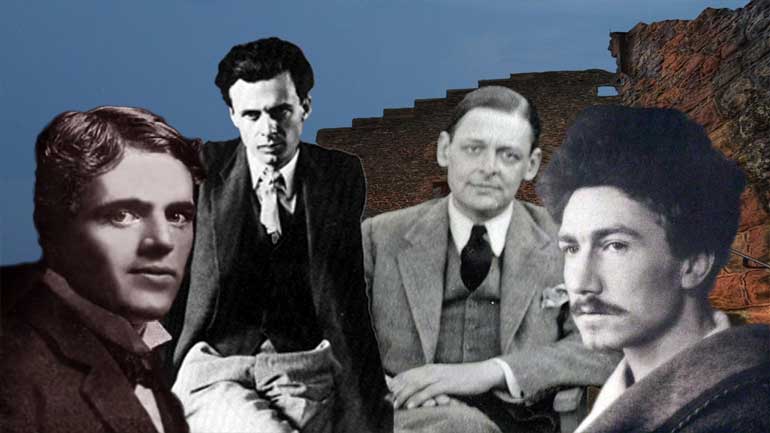ShmoopTube
Where Monty Python meets your 10th grade teacher.
Search Thousands of Shmoop Videos
U.S. History 1877-Present 3: Second Industrial Revolution 21627 Views
Share It!
Description:
What do you do when your war material factory loses all of its customers? Make the factory even bigger. ...Well that sounds ridiculous, but somehow it actually worked. Let's find out why.
Transcript
- 00:03
Northern factory owners made Bank selling to the Union Army [Man with lots of cash beside cannons]
- 00:07
during the Civil War so after that big bloody windfall was over the factory
- 00:11
guys were looking for new markets they needed a group bigger than the
- 00:15
government a group that wasn't used to buying lots of new items for cheap and
- 00:19
would go gaga for the latest thing but who who could that group be who us so we [Lady Gaga appears]
Full Transcript
- 00:25
put the mass in mass production mass consumption and mass marketing but not
- 00:30
the Mastiff that's just a dog the business got big by shelling to the [A mastiff dog appears]
- 00:34
public there wasn't any more making our own shoes and candles on the weekend
- 00:38
instead everybody went to a factory to make money to buy shoes and candles made [Men approach shoe factory]
- 00:42
in a factory and this was called the Second Industrial Revolution selling to
- 00:47
the masses meant production had to be super-sized it was like the factories
- 00:51
all ate one of those Super Mario mushroom more and more railway lines [Mario mushroom eaten by factory]
- 00:55
were built to haul raw goods to factories and finished goods to stores
- 00:59
the raw materials never ran out we had a whole giant West to exploit for oil coal [Oil machine working]
- 01:05
wood minerals you know all that stuff source got bigger more and more food was
- 01:09
grown and processed and sold in more and more different kinds of products like [Combine harvester in a field]
- 01:13
cornflakes yeah cornflakes as factories grew they needed more workers in so
- 01:18
cities grew too it was the funny thing about those new workers they were men [Man flying in the sky]
- 01:22
back during the first Industrial Revolution only women and young girls
- 01:26
were thought to be weak and powerless enough to get bossed around by a machine [Girl working in factory]
- 01:30
but once men saw the money they could make well they started taking over the
- 01:34
factory job while women still worked in the textile mills because they won't
- 01:38
making cloth was considered wussy work meanwhile the men were busy in Manly
- 01:42
factories like steel mills it was fine for women to die when their skirts got [Man working in steel mill]
- 01:47
pulled into a weaving machine but not fine for women to die falling into the [Woman appears from steel furnace]
- 01:51
furnace of a steel mill nice to see that everybody had their priorities right
- 01:55
there yeah well soon factories were gender segregated men worked in certain
- 01:59
industries like steel and in industries where both men and women worked they
- 02:04
were kept separate as manufacturing came to symbolize big business and big strong
- 02:09
America women were mostly supposed to a work in traditionally female [Woman working on clothing]
- 02:13
industries like textiles or B work in the new department stores selling soft
- 02:18
to other women like extremely painful looking undergarment [Women browsing for clothing]
Up Next
Ever heard of a "living document"? They eat and breathe just like the rest of us! They even walk around on their own two legs. Okay, fine—maybe t...
Related Videos
If the Puritans had gotten their way, religion would play a much larger role in lawmaking these days. Want to know more? Watch the video for all th...
What happened between the creation of the Articles of Confederation and the ratification of the current U.S. Constitution? This video analyzes the...
The Modernists thought the world had a lot of problems, and they were intent on fixing them—or at least talking about fixing them. Unfortunately,...
This video explains Federalism and the quest for a fair balance between state and national power. It covers the progression and compromises of Fede...




